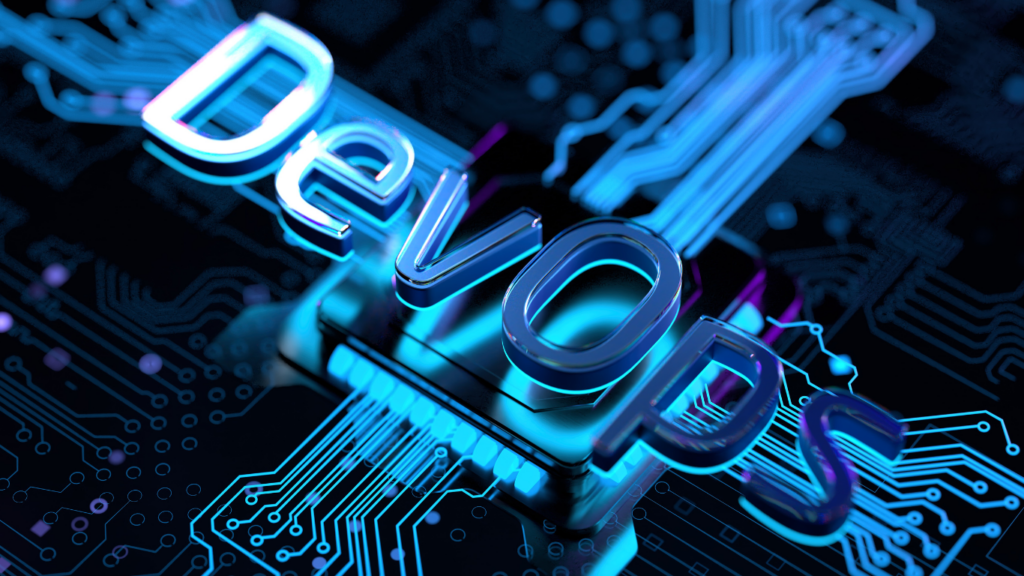The tech world never stands still, and DevOps 2.0 is proof of that. As businesses push for faster, more reliable software delivery, the evolution of DevOps has become essential. It’s no longer just about collaboration between development and operations—it’s about leveraging advanced automation to streamline every step of code deployment.
What Is DevOps 2.0?
DevOps 2.0 represents the next step in software development, emphasizing advanced automation and streamlined workflows. It builds on traditional DevOps principles, leveraging cutting-edge technologies to enhance deployment efficiency and reliability.
Evolution From Traditional DevOps
Traditional DevOps introduced collaboration between development and operations, focusing on breaking silos. It prioritized practices like continuous integration (CI) and continuous delivery (CD), enabling teams to release software faster. While effective, these methods relied on manual interventions and lacked deeper integration.
DevOps 2.0 expands this framework by automating repetitive tasks across the deployment pipeline, reducing human error and increasing consistency. AI and machine learning tools now play a central role, making predictions, optimizing resource use, and adapting processes dynamically. This shift drives operational scalability in ways traditional models couldn’t achieve.
Key Features of DevOps 2.0
- Full Pipeline Automation: Automation spans build, test, and deployment stages, minimizing manual steps. Tools like Jenkins, GitLab CI/CD, and Kubernetes enable seamless task execution.
- Intelligent Monitoring: Advanced analytics tools ensure proactive system tracking. Platforms such as Prometheus and Datadog identify performance issues before they escalate.
- Infrastructure as Code (IaC): IaC simplifies system setups using codified templates. Services like Terraform and AWS CloudFormation provide scalable, repeatable infrastructure management.
- AI-Assisted Workflows: Machine learning supports predictive troubleshooting, fault detection, and process optimization. For example, AIOps platforms analyze logs and metrics to suggest improvements.
- Enhanced Security Practices: Integrated security tools identify vulnerabilities early in the pipeline. DevSecOps models embed automated checks using solutions like SonarQube and Snyk.
DevOps 2.0 transforms the development lifecycle by focusing on:
- automation
- intelligent operations
- robust security models
redefining industry standards.
The Role Of Automation In DevOps 2.0

Automation plays a pivotal role in DevOps 2.0 by streamlining code deployment and minimizing complexities. It eliminates repetitive processes, enabling teams to focus on enhancing product quality and innovation.
Benefits of Automation in Code Deployment
Automation ensures consistency in deployment by reducing manual interventions. Automated pipelines validate code faster, lowering deployment times and reducing the risk of errors. For example, automated testing detects bugs early, preventing failures in production environments.
Scalability becomes achievable through automation. Large-scale deployments, which involve multiple servers or environments, complete efficiently with minimal effort. Businesses can manage frequent updates without disruptions to end-users.
Enhanced security is a critical advantage of automation. Automated security checks, such as vulnerability scans and compliance validations, identify issues at every stage of the pipeline. This proactive approach reduces potential risks.
Tools Powering Automation
Tools like Jenkins, a popular CI/CD tool, enable teams to build and deploy software automatically. Jenkins integrates with numerous plugins, making it adaptable for various workflows.
Terraform simplifies Infrastructure as Code (IaC) implementation. Teams use it to manage infrastructure resources with scripts, ensuring reproducibility and accelerated provisioning.
AI-powered solutions like Harness introduce intelligent monitoring and adaptive workflows. These tools optimize resource allocation during deployments, resulting in faster, more reliable delivery.
By incorporating these tools, DevOps 2.0 leverages automation to optimize every stage of the deployment lifecycle.
Challenges In Transitioning To DevOps 2.0
Implementing DevOps 2.0 introduces both technical and organizational obstacles. Addressing legacy system constraints and navigating team culture shifts are critical in ensuring smooth transitions.
Overcoming Legacy System Barriers
Legacy systems hinder DevOps 2.0 adoption due to outdated architectures and limited integration capabilities. Monolithic designs within these systems make full pipeline automation challenging, especially when dependencies are tightly coupled. Platform-specific configurations complicate the implementation of Infrastructure as Code (IaC), delaying deployment scalability.
I address these issues by prioritizing gradual modernization strategies. Containerization tools like Docker and orchestration platforms like Kubernetes simplify legacy migrations by decoupling functions. Bridging tools such as API gateways enable seamless integration without requiring complete system overhauls. Assessing compatibility between legacy systems and modern tools ensures the continuous deployment process aligns with DevOps 2.0 standards.
Managing Team Culture Shifts
Team culture shifts create resistance during DevOps 2.0 transitions when workflows and responsibilities change. Traditional teams accustomed to siloed roles may struggle to embrace cross-functional collaboration and advanced automation. Fear of job redundancy due to AI-assisted workflows amplifies resistance.
I address this by promoting knowledge-sharing environments focused on upskilling. Using workshops and internal training programs, I guide team members to adopt technologies like CI/CD pipelines and AI-driven monitoring. Clear communication of automation’s role in enhancing productivity, rather than replacing jobs, reduces apprehension. Designating DevOps advocates among staff fosters trust and drives cultural alignment with DevOps 2.0 workflows.
Best Practices For Adopting DevOps 2.0
Adopting DevOps 2.0 involves refining processes to achieve seamless automation and scalability. Best practices focus on integrating automation, security, and continuous workflows into the deployment pipeline.
Prioritizing Continuous Integration and Delivery
I integrate Continuous Integration (CI) and Continuous Delivery (CD) to ensure faster, more reliable deployments. By automating code integration, testing, and release processes, CI/CD removes delays and reduces errors. Tools such as Jenkins, CircleCI, and GitHub Actions streamline automation, supporting advanced pipelines. I also use real-time feedback loops to detect failures early, ensuring high code quality. Adopting immutable infrastructure concepts enables consistent environments for deployments, further increasing reliability.
Implementing Security in the Automation Pipeline
I embed security checks throughout the development pipeline to address vulnerabilities proactively. Tools like SonarQube, Snyk, and HashiCorp Vault automate code analysis, dependency scanning, and secret management. Automating policy enforcement ensures compliance with security standards at every stage, from development to production. I implement automated testing frameworks to validate configurations and detect misconfigurations before deployment. This integration of security with automation aligns with DevOps 2.0’s focus on boosting reliability without compromising agility.


 Mikeel Wrighteners, the visionary founder of Code Hackers Elite, has built a dynamic platform that bridges the gap between innovation and community in the coding world. With a passion for empowering developers, Mikeel leads the charge in delivering timely news, expert insights into software development best practices, and career guidance for professionals navigating the ever-evolving tech landscape. His mission is to ensure coders stay ahead of the curve and inspired in their journey.
Mikeel Wrighteners, the visionary founder of Code Hackers Elite, has built a dynamic platform that bridges the gap between innovation and community in the coding world. With a passion for empowering developers, Mikeel leads the charge in delivering timely news, expert insights into software development best practices, and career guidance for professionals navigating the ever-evolving tech landscape. His mission is to ensure coders stay ahead of the curve and inspired in their journey.
